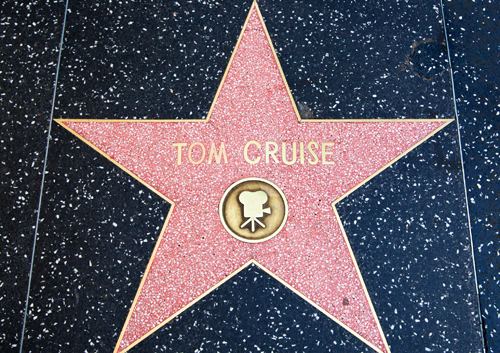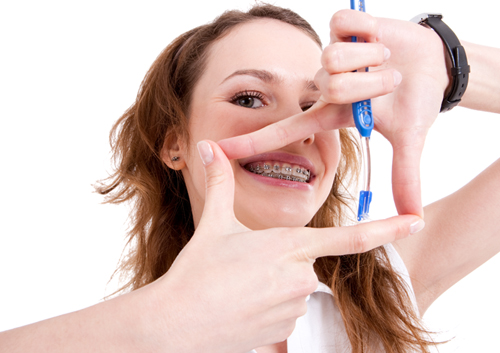Damon® Smile: What You Should Know
January 28th, 2015

Contrary to popular belief, not all braces are created equal. More importantly, not all braces look like the hulking headgear found in 1980s teen movies. If you’re embarking on an orthodontic journey, that should give you a sigh of relief. Orthodontic technology has come a long way over the years. As a result, Damon Smile braces offer a world without elastic ties. Imagine that! Here are three things that make Damon Smile braces different from conventional braces.
More Comfort and Fewer Adjustments
Damon Smile braces use light, “shape memory” titanium wires. Low-friction force guides the teeth into place, creating less discomfort for you than conventional braces. Instead of elastics, Damon Smile braces use a specialized slide that helps the archwire guide the teeth into place. The teeth move freely, quickly, and comfortably. Without traditional ties and elastics, Damon Smile braces require no tightening and fewer adjustments.
Less Treatment Time
For the most part, conventional braces are worn anywhere from 18 months to two years. However, due to its unique, elastics-free technology, treatment with Damon Smile braces is often considerably faster. If you’re starting on an orthodontic journey, then chances are that's the type of thing you want to hear. While the amount of time a person wears braces varies from case to case, Damon braces typically get the job done faster than conventional braces.
Fewer Orthodontic Appointments
Coming to our Phoenix, AZ office is probably not on the top of your list of things do, though we do love seeing you! However, Damon braces offer a convenient and hassle-free orthodontic experience. Why? The self-ligating braces require no tightening and fewer adjustments, which in turn means you're going to have far fewer visits with Dr. Jones during your treatment. Chances are, that's the sort of thing that's going to put a smile on your face.




